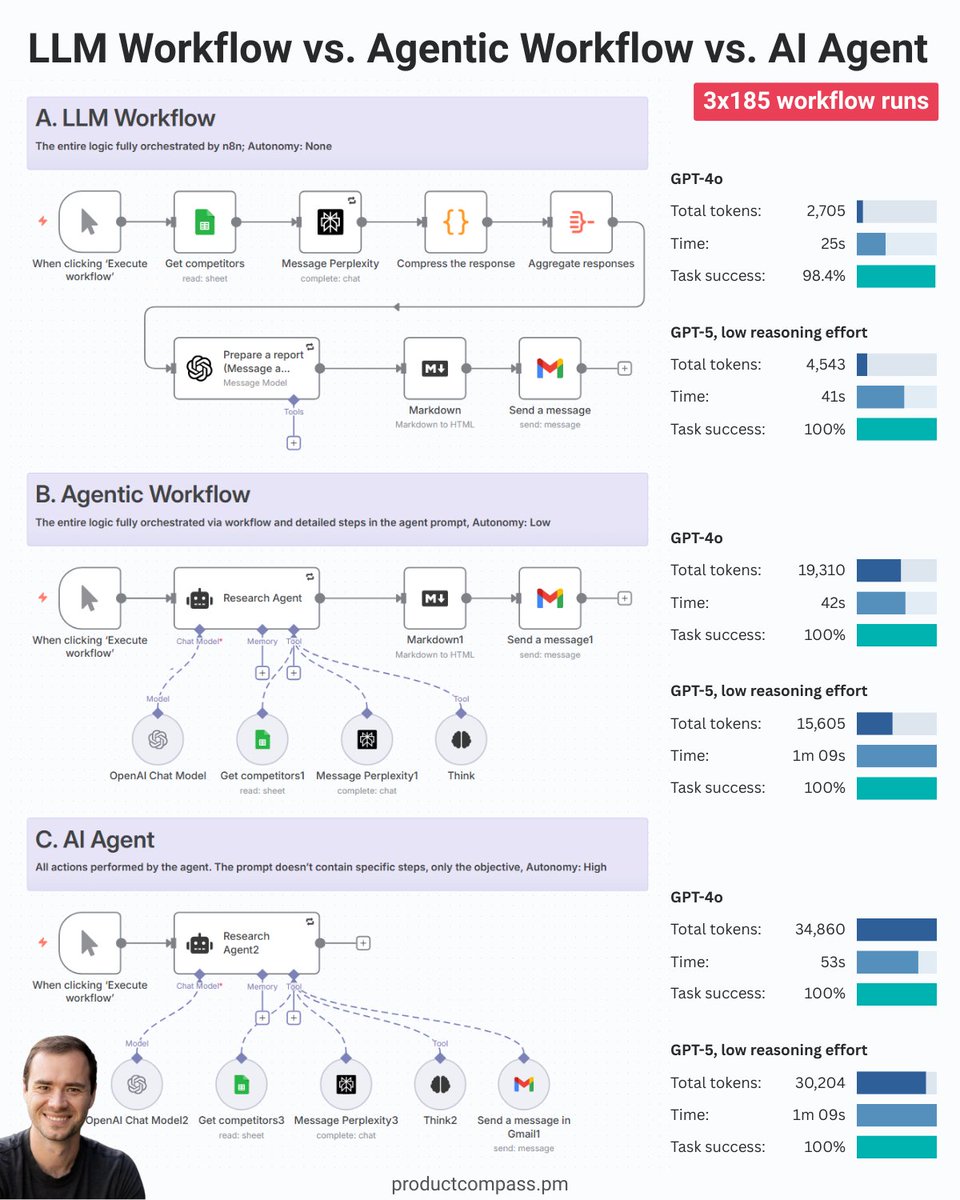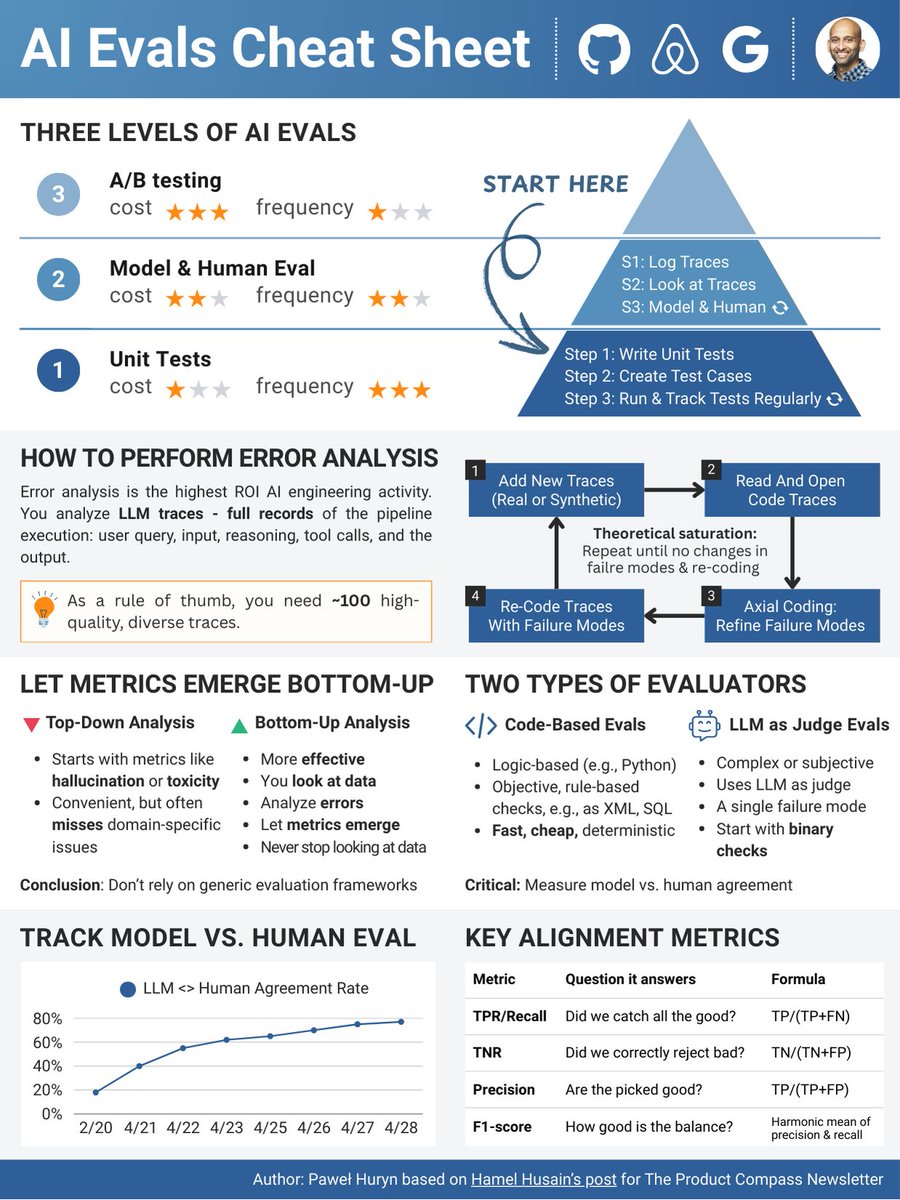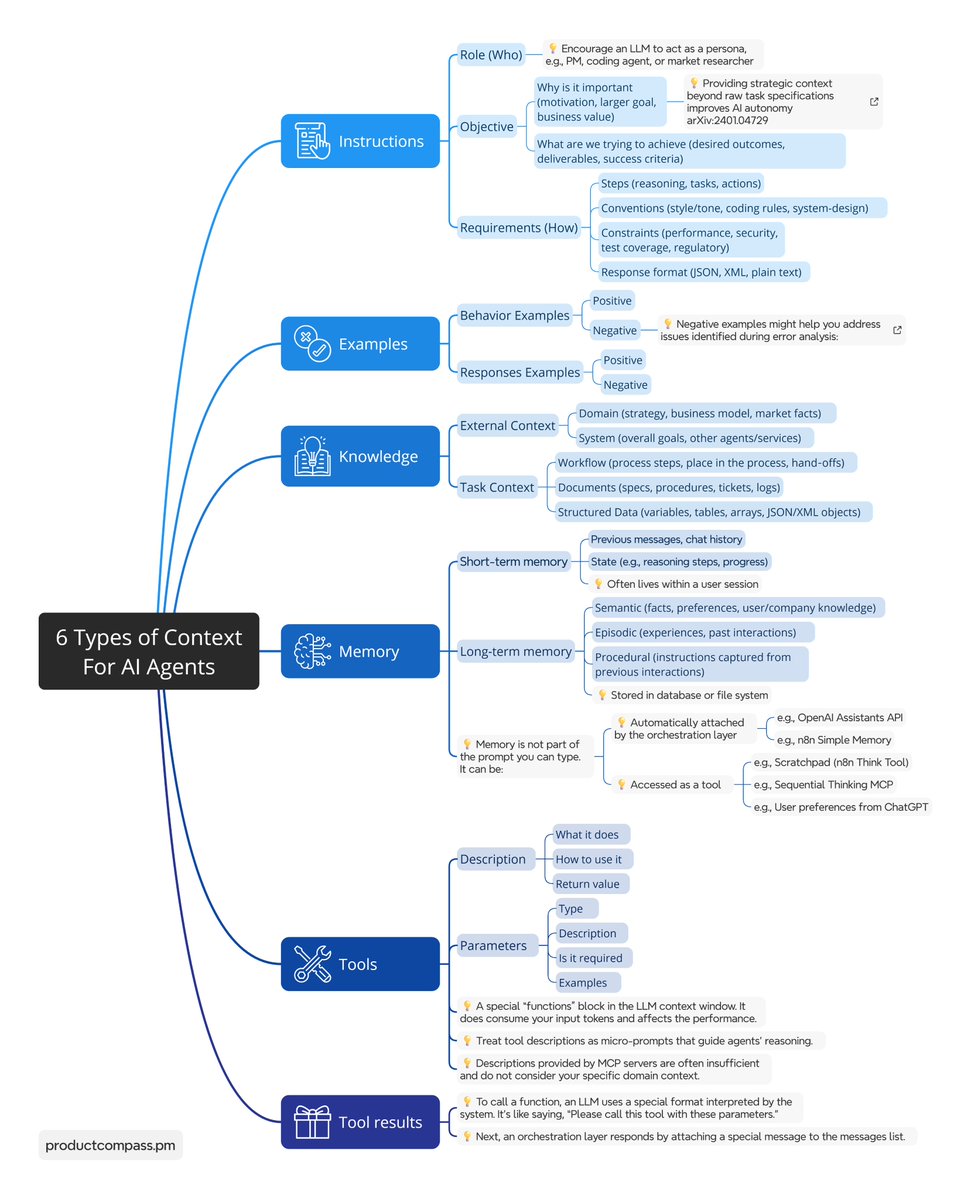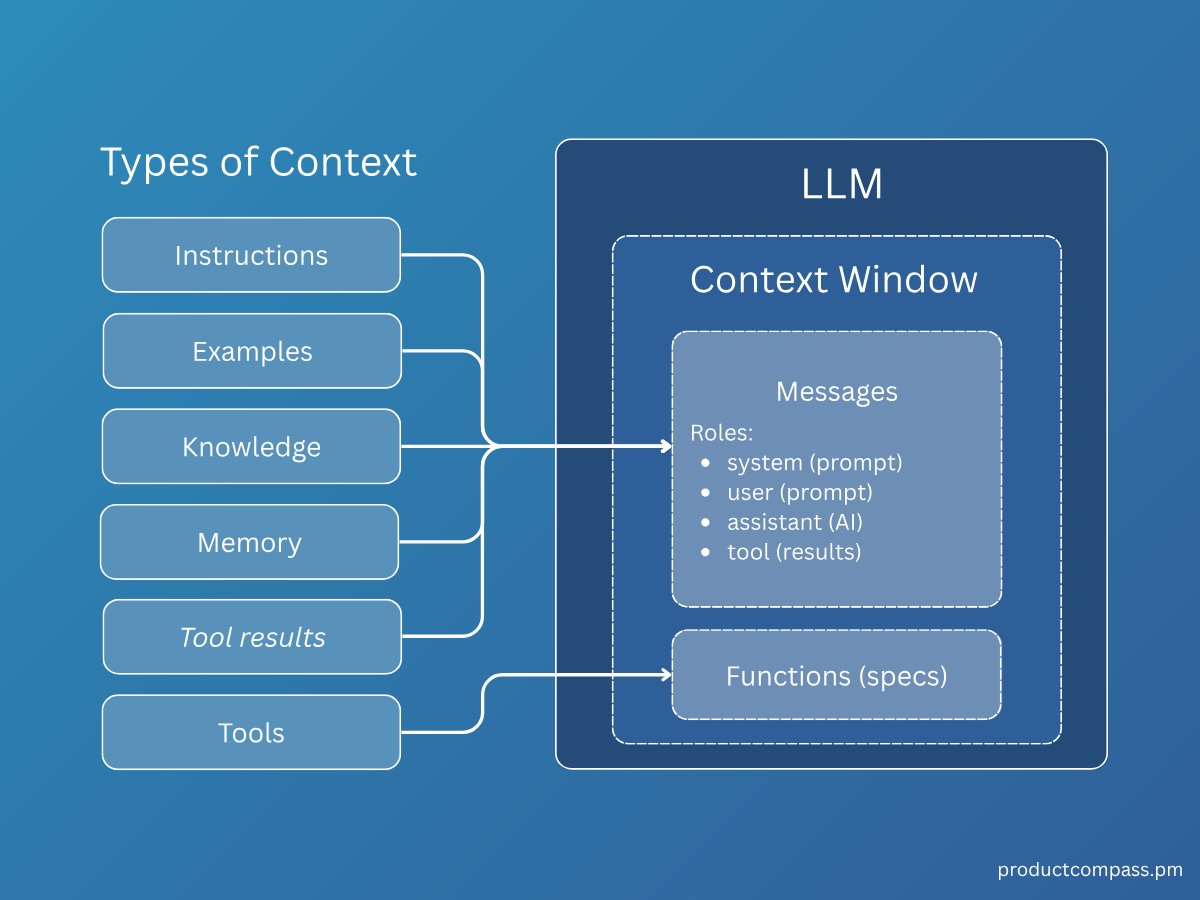
AI & Product Management | Author @ The Product Compass Newsletter | Join 125,000+ PMs: https://t.co/WYKbT0gY7S
5 subscribers
How to get URL link on X (Twitter) App


 Just one tool.
Just one tool. 


 I tested three variants:
I tested three variants:

 1. Viral Output Loops → “Every Output Is Distribution”
1. Viral Output Loops → “Every Output Is Distribution”

 𝟭. 𝗔𝗜 𝗦𝘁𝗿𝗮𝘁𝗲𝗴𝘆 𝗶𝘀 𝗡𝗼𝘁 𝗔𝗯𝗼𝘂𝘁 𝗔𝗱𝗱𝗶𝗻𝗴 𝗙𝗲𝗮𝘁𝘂𝗿𝗲𝘀
𝟭. 𝗔𝗜 𝗦𝘁𝗿𝗮𝘁𝗲𝗴𝘆 𝗶𝘀 𝗡𝗼𝘁 𝗔𝗯𝗼𝘂𝘁 𝗔𝗱𝗱𝗶𝗻𝗴 𝗙𝗲𝗮𝘁𝘂𝗿𝗲𝘀

 1. Best Teams Obsess Over Experimentation
1. Best Teams Obsess Over Experimentation

 Myth 1: According to MIT, 95% of GenAI Projects Fail
Myth 1: According to MIT, 95% of GenAI Projects Failhttps://x.com/WesRothMoney/status/1960031921834278998




 I’ve been repeating that with @lovable_dev, anyone can build real products without coding.
I’ve been repeating that with @lovable_dev, anyone can build real products without coding.
 1. Instructions
1. Instructions
 1. What Is Context Engineering
1. What Is Context Engineering

 The task assigned to agents:
The task assigned to agents:

 Step 1: Quickly Get The Basic Terms (no coding)
Step 1: Quickly Get The Basic Terms (no coding)

 1. Basic Concepts
1. Basic Concepts

 Some might say it was just a test scenario. But the model didn’t know that.
Some might say it was just a test scenario. But the model didn’t know that.
 1. Single Agents
1. Single Agents
 (2/7)
(2/7)